2cm or 3 cm thickness for your caesarstone?
marissa16
10 years ago
Featured Answer
Sort by:Oldest
Comments (24)
snoonyb
10 years agoJoseph Corlett, LLC
10 years agoRelated Professionals
Carlisle Kitchen & Bathroom Designers · Ossining Kitchen & Bathroom Designers · Saratoga Springs Kitchen & Bathroom Designers · Emeryville Kitchen & Bathroom Remodelers · Fort Washington Kitchen & Bathroom Remodelers · League City Kitchen & Bathroom Remodelers · Lincoln Kitchen & Bathroom Remodelers · Saint Augustine Kitchen & Bathroom Remodelers · East Saint Louis Cabinets & Cabinetry · Hammond Cabinets & Cabinetry · Lakeside Cabinets & Cabinetry · Radnor Cabinets & Cabinetry · Rowland Heights Cabinets & Cabinetry · Chattanooga Tile and Stone Contractors · Hermiston Tile and Stone ContractorsGooster
10 years agomarissa16
10 years agonosoccermom
10 years agoUser
10 years agoBunny
10 years agomarissa16
10 years agosjhockeyfan325
10 years agosjhockeyfan325
10 years agoBunny
10 years agosjhockeyfan325
10 years agocookncarpenter
10 years agoJoseph Corlett, LLC
10 years agocookncarpenter
10 years agosusanlynn2012
10 years agomarissa16
10 years agoJoseph Corlett, LLC
10 years agomarissa16
10 years agoJoseph Corlett, LLC
10 years agomarissa16
10 years agoNoviceB
9 years agokudzu9
9 years ago
Related Stories
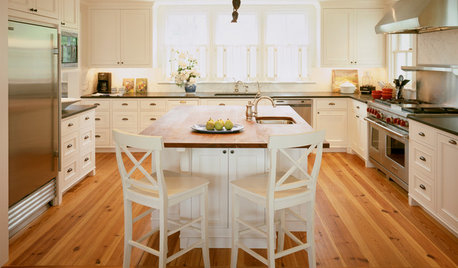
KITCHEN DESIGN3 Steps to Choosing Kitchen Finishes Wisely
Lost your way in the field of options for countertop and cabinet finishes? This advice will put your kitchen renovation back on track
Full Story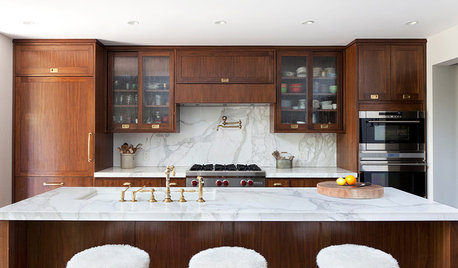
KITCHEN CABINETSNew This Week: 3 Kitchen Cabinet and Hardware Pairings to Try
Consider one of these pairings whether your cabinet color is light, medium or dark
Full Story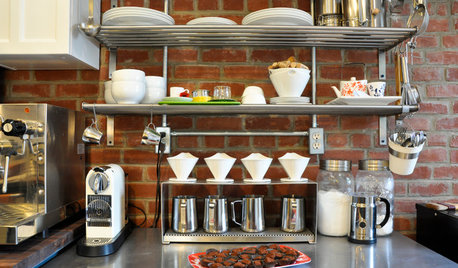
KITCHEN DESIGNSweet Ideas and a Truffle Recipe from a Chocolatier's Test Kitchen
A $2,100 budget didn't mean a half-baked kitchen redo; this confectioner just rolled up her sleeves and rolled out the improvements
Full Story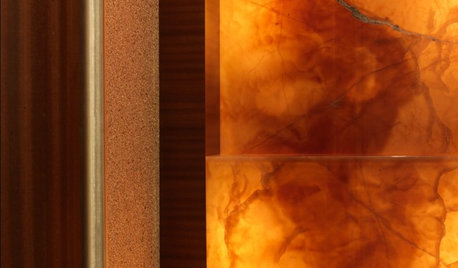
REMODELING GUIDESGreat Material: Illuminated Onyx
Light up this golden natural stone for a stunning interior design element
Full Story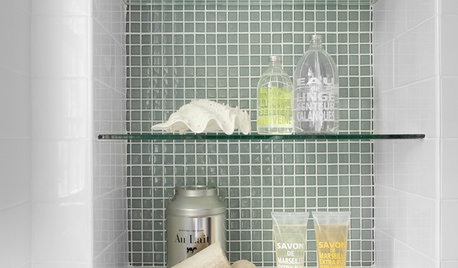
BATHROOM DESIGNHow to Pick a Shower Niche That's Not Stuck in a Rut
Forget "standard." When you're designing a niche, the shelves and spacing have to work for your individual needs
Full Story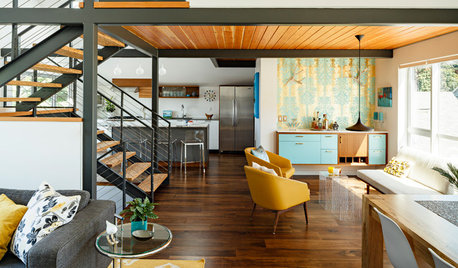
HOUZZ TOURSHouzz Tour: A Seattle Remodel Channels Palm Springs
Indoor and outdoor living merge atypically in this Pacific Northwest home, thanks to California-style updates
Full Story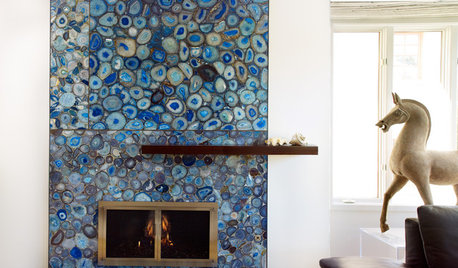
STONEWant a Gem of a Surface Material? Luxury Agate's a Dazzler
Turn heads with amazing accent walls and countertops made from this splendid kaleidoscopic stone
Full Story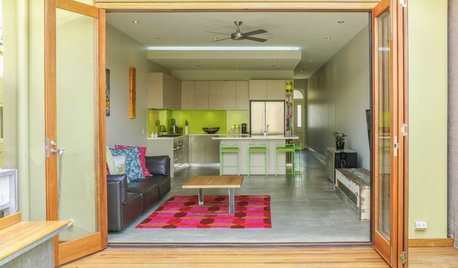
HOUZZ TOURSHouzz Tour: Pushing Boundaries in a Sydney Cottage
Expanding and adding on give an Australian family an extra bedroom, an office and — at long last — an indoor bathroom
Full Story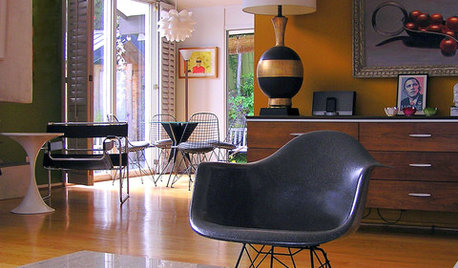
HOUZZ TOURSMy Houzz: Colorful Midcentury Modern by the Ocean
Retro furniture, spirited colors and a backyard teahouse create a personal coastal retreat for a family of three
Full Story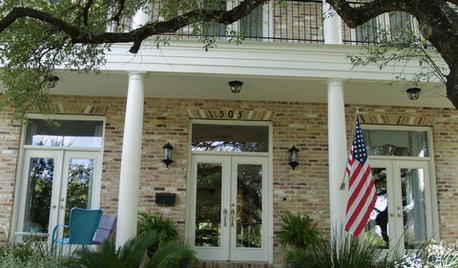
HOUZZ TOURSHouzz Tour: A New Home Honors a Historic Neighborhood
Stained glass, red oak floors and other traditional details give a newly built home in Texas an antique feel that fits right in
Full StoryMore Discussions






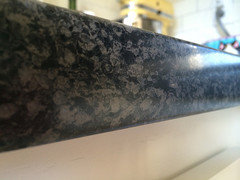


cookncarpenter